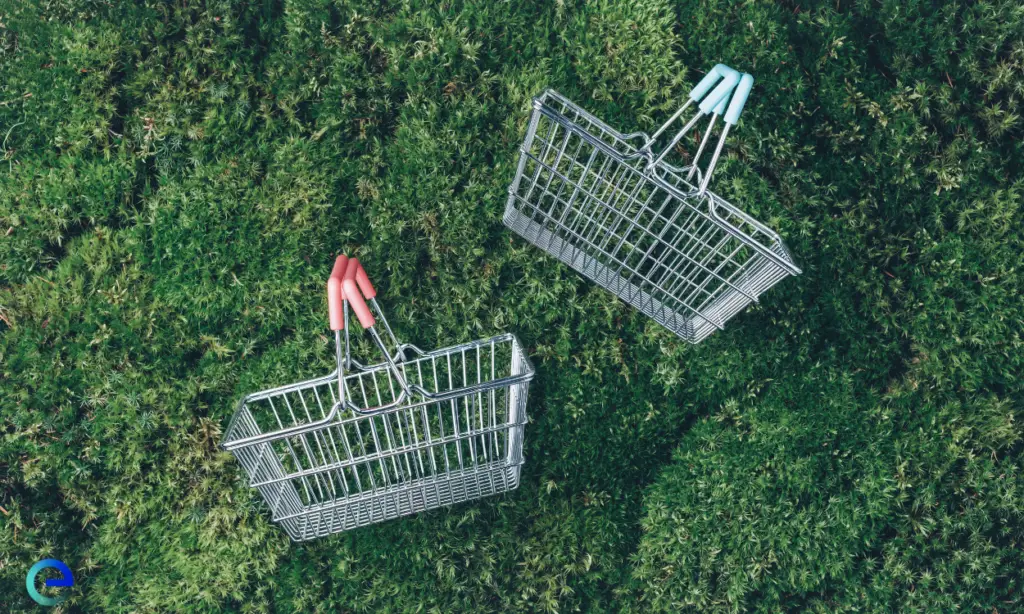
Addressing food loss and waste presents a significant opportunity with multiple
benefits: It helps combat climate change, enhances food security, and promotes the
sustainability of our agricultural and food systems. In 2023, the World Food
Programme reported that 783 million individuals were experiencing chronic hunger
while over 333 million people were facing acute food insecurity, uncertain where
their next meal would come from.
Simultaneously, globally, one-third of food produced for human consumption is lost or wasted, totalling around 1.05 billion tons annually and is estimated to be worth approximately US$1 trillion. Even more
remarkable is the fact that the entirety of the food produced but never consumed would be adequate to nourish two billion individuals. But what exactly is food waste?
FAO defines food waste as “the decrease in the quantity or quality of food as a result of decisions and actions made by retailers, food service providers and consumers”. When food is wasted, the resources utilised to produce and provide food are also wasted, including money, energy, land, water, labor, and time. Decreasing food waste can help minimize the volume of food ending up in landfills, where it decomposes and emits greenhouse gases, thus impacting climate change.
To be more specific, food loss and waste (FLW) are responsible for 8–10 percent of worldwide greenhouse gas emissions (GHGs). These contribute to an unstable climate and extreme weather phenomena like droughts and floods. These alterations adversely affect crop yields, potentially diminishing the nutritional value of crops and leading to disruptions in supply chains.
WFP further highlights that if wasted food were considered a nation, it would rank as the third-largest emitter of carbon dioxide globally, following only the USA and China. Consumers in affluent nations discard nearly the same amount of food annually as the entire net food output of sub-Saharan Africa. In developing nations, 40 percent of losses occur during the post-harvest and processing stages, while in industrialized countries, over 40 percent of losses occur at the retail and consumer levels.
The issue of food waste is tackled alongside other challenges through the 17 Sustainable Development Goals (SDGs). Specifically, SDG 12 aims to promote sustainable consumption and production patterns and safeguard the natural resources our planet has bestowed upon us. Our failure to utilize these resources responsibly has resulted in us consuming well beyond the planet’s capacity to provide. Therefore, it’s imperative that we adopt sustainable practices in both our consumption and production methods to undo the damage we have caused to the planet.
SDG 12 includes 11 Targets. Target 12.3 is about halving global per capita food waste, with the goal of “halving per capita global food waste at the retail and consumer levels and reducing food losses along production and supply chains, including post-harvest losses, by 2030.”. By achieving Target 12.3, we also contribute to the achievement of SDG 2, which is about ending hunger, achieving food security and improved nutrition, and promoting sustainable agriculture, and SDG 13, which addresses climate change and pushes people to take urgent action to combat climate change and its impacts.
Given the significance of food waste, it’s evident why numerous countries are implementing legislation to address it, putting considerable pressure on governments worldwide. Countries such as France, Italy, South Korea, Japan, China, Singapore, the U.A.E., and certain states in the U.S.A. have already enacted laws in this regard. In 2016, France introduced innovative legislation that pioneered the battle against food waste in Europe. Supermarkets were prohibited from disposing of unsold food and were required to donate it instead, with penalties of up to €3,750 per violation.
Similar measures were extended to restaurants, which were mandated to provide “doggy bags” starting in February 2016, allowing diners to take home any leftover food they couldn’t finish. In 2016, Italy also enacted legislation targeting food waste, aiming to minimise wastage at every stage of the food supply chain. Like the French law, it emphasises food donation and distribution, but unlike its counterpart, it doesn’t center on punitive measures. Instead, the Italian law aims to incentivise businesses to donate or distribute surplus food by offering tax rebates.
Since 2005, South Korea has been actively combating food waste, beginning with the government prohibiting food disposal in landfills. In 2010, a food waste disposal pilot was initiated, where residents in 144 local regions were held financially accountable for their generated food waste. Simultaneously, the government established infrastructure for a nationwide food waste disposal system, which began to work in 2013. Under this system, every resident is responsible for appropriately disposing of their food waste and paying for it based on weight, with fines imposed for non-compliance.
Like regular waste collection, food waste trucks collect organic waste weekly, transporting it to processing facilities. The waste is separated at these facilities, with liquid composing approximately 80% of the waste. This liquid is then converted into biogas, while solid scraps are repurposed as compost and livestock feed.
Under new regulations in the UK, all businesses in England and Wales will be required to segregate food waste. This includes any commercial entity producing food waste. Companies must separate their food waste and place it in designated bins for collection. The regulations specify that composting or anaerobic digestion are the only approved methods for managing food waste, thereby prohibiting its disposal in landfills or incineration with general waste. Additionally, macerating or digesting food waste is not permitted. Businesses are obligated to segregate food waste from general waste to ensure separate collection processes. This initiative is aimed at minimizing waste and optimizing recycling efforts.
Several states in the United States have also implemented Food Waste Laws. California stands out with the most stringent regulations, requiring all residents, including commercial entities, public institutions, and private households, to segregate their green waste. Similarly, Maryland recently enacted the Solid Waste Management legislation, which mandates that any entity producing more than 2 tons of organic waste per week, such as households, businesses, cafeterias, and grocery stores, must separate their organic trash to prevent it from being disposed of in landfills.
Food waste can derive from diverse sources, including workplaces, restaurants, supermarkets, households, farms, schools, and the fishing industry. Business Waste reports that approximately 60% of food waste in the UK originates from households, while the remaining 40% is distributed among businesses and the hospitality sector. Business owners are unequivocally responsible for ensuring the safe and secure disposal of all food waste generated within their establishments. Businesses need to pinpoint the sources of food waste and assess its financial impact on the company. With this understanding, they can collaborate with key staff to devise an action plan to lower costs and minimize the environmental footprint associated with food waste.

Here are some good practices a business can implement to tackle Food Waste:
By integrating food waste reduction into their operations, companies not only address an urgent environmental and social issue but also enhance their ESG credentials. This integration underscores a holistic approach to sustainability, where environmental care, social responsibility, and effective governance converge to create lasting positive impacts.
Find out how understanding the world of sustainability and ESG not only as it is today but in the future and exploring the business case of these imperative strategic terms can help reinforce best practices within your organisation and achieve higher performance.
